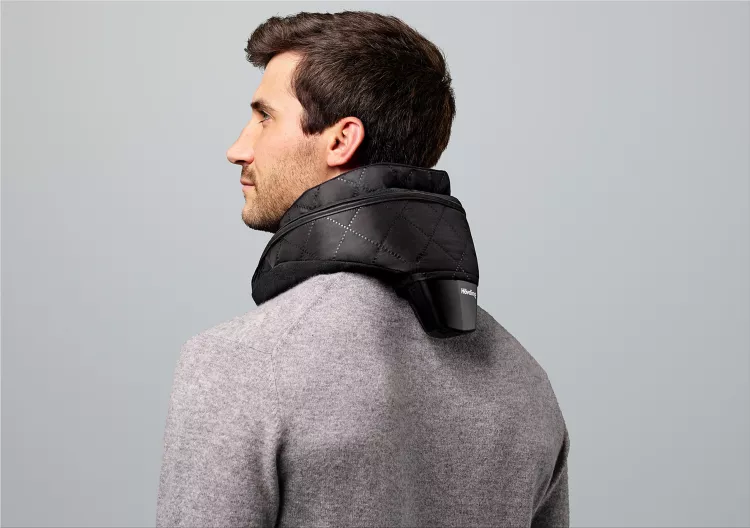Bicycle helmets are designed to protect your head from injuries in case of an accident, but they are not always comfortable, stylish, or effective. That’s why a Swedish company called Hövding has developed a revolutionary alternative: a bicycle airbag that is worn around the neck and inflates in 0.1 seconds when it detects a crash.
The Hövding bicycle airbag is a collar-like device that contains sensors and an algorithm that monitors the cyclist’s movement patterns 200 times per second. Suppose the sensors detect an abnormal movement that indicates a crash. In that case, the device releases an airbag that covers the head and neck of the cyclist, providing superior protection and shock absorption.
The Hövding bicycle airbag has been proven safer than conventional helmets in independent tests conducted by researchers from Stanford University and the University of Strasbourg. The tests showed that the Hövding airbag reduced the risk of concussion by eight times compared to a traditional helmet and also prevented extreme neck movements that could cause spinal injuries.
The Hövding bicycle airbag also offers other advantages over conventional helmets, such as:
- It is more comfortable and convenient to wear, as it does not interfere with the cyclist’s vision, hearing, or hairstyle.
- It is more stylish and customizable, with different covers that match the cyclist’s outfit or mood.
- It is more adaptable and versatile, as it can fit different head sizes and shapes and can be used with different types of bicycles and accessories.
- It is more eco-friendly and sustainable, using a rechargeable battery that lasts up to 15 hours of active cycling and can be recycled after use.
The Hövding bicycle airbag is not without its drawbacks, however. Some of the disadvantages include the following:
- It is more expensive than conventional helmets, costing around £249 ($340) per unit.
- It is heavier than conventional helmets, as it weighs around 800 grams (1.8 pounds).
- It is single-use only, as it cannot be reused after it has inflated. However, a crash-replacement program offers a new device for £99 ($135).
- It can go off when you don’t want it to, as it may be triggered by sudden movements or vibrations that are not related to a crash. However, this can be avoided by following instructions on properly using and storing the device.
The Hövding bicycle airbag is an innovative device that could save your head and neck in a crash. It is currently available in Europe and Japan and has been used by over 300,000 cyclists since its launch in 2012. The company behind it hopes to expand its market to other regions and countries in the future.
If you want to try out the Hövding bicycle airbag for yourself, you can visit their official website or find a retailer near you. You can also watch some videos of how the device works and how it has saved lives on their YouTube channel. Remember always to ride safely and responsibly, and enjoy your cycling experience with Hövding.
Hyundai Motor Company and Ineos Group have announced that they want to jointly develop hydrogen battery technology for electric cars. According to a signed memorandum of understanding between… Continue reading
The electric vehicle market is heating up, with more and more models competing for the attention of eco-conscious and tech-savvy consumers. But among the crowded field of electric SUVs, one newcomer stands out with its impressive range,… Continue reading
Electric cars that can be bought between 20,000 and 30,000 euros The commitment to electric mobility is marking the future of the automotive market. More and more motor companies are making green vehicles since hybrid and electric cars are less polluting than… Continue reading
Honda has been marketing its first electric automobile on the old continent since 2020, with the Honda e, a tiny car explicitly designed for Europe. In the coming years, the Japanese seek to progressively electrify their portfolio, including… Continue reading















